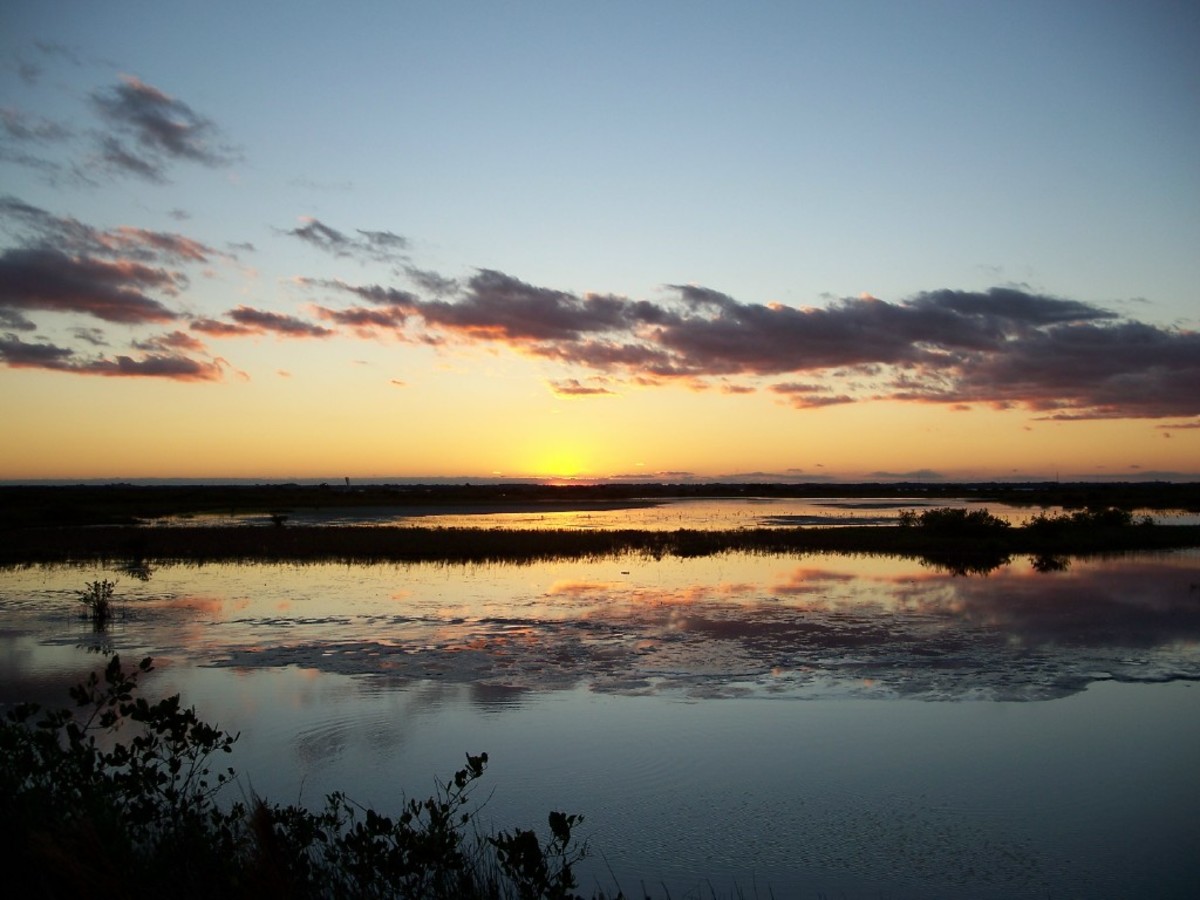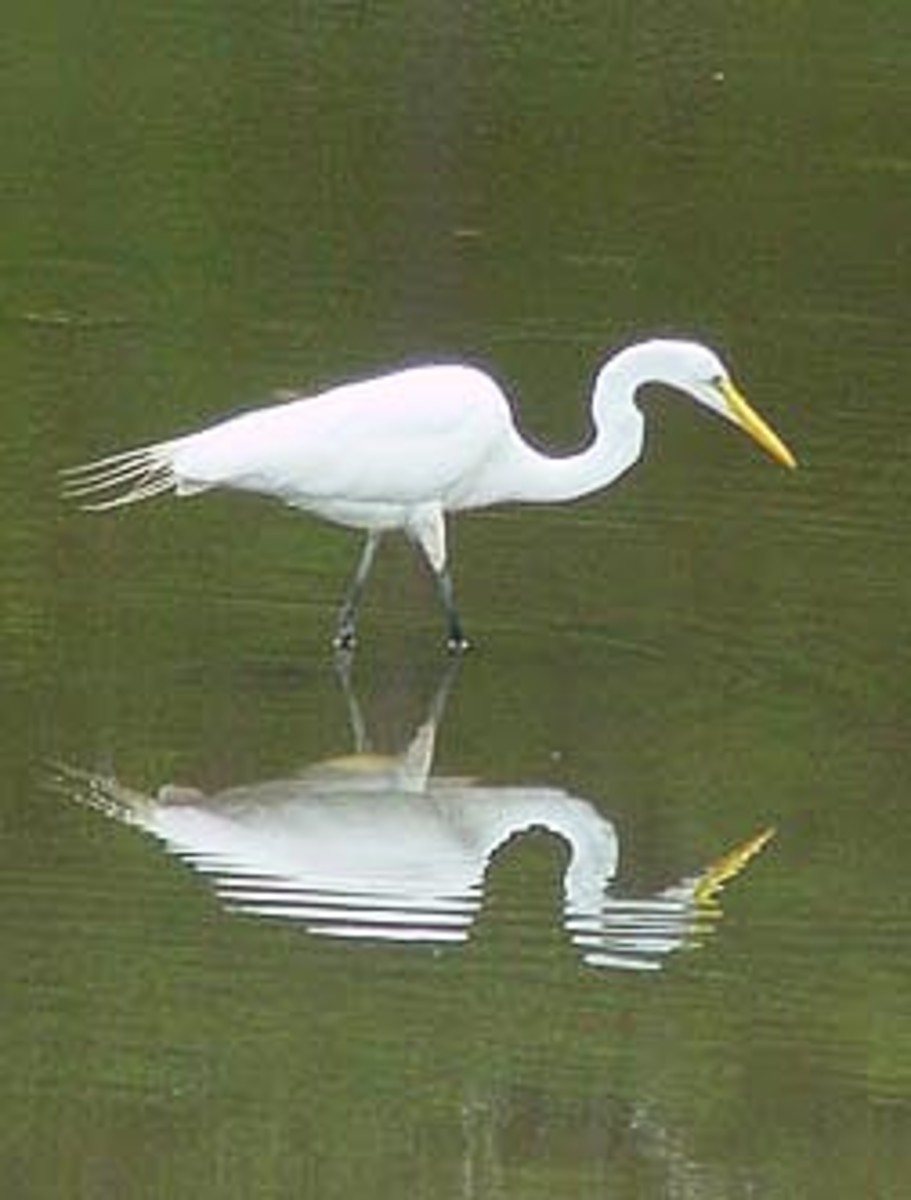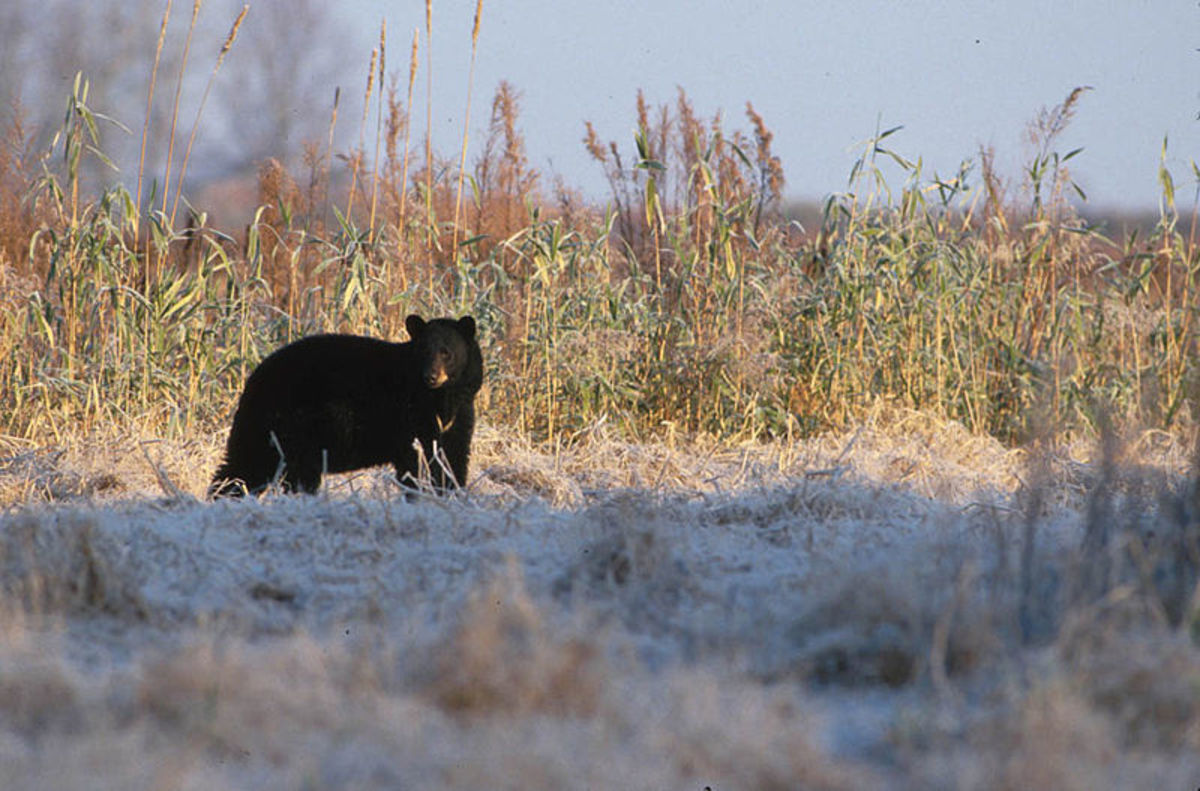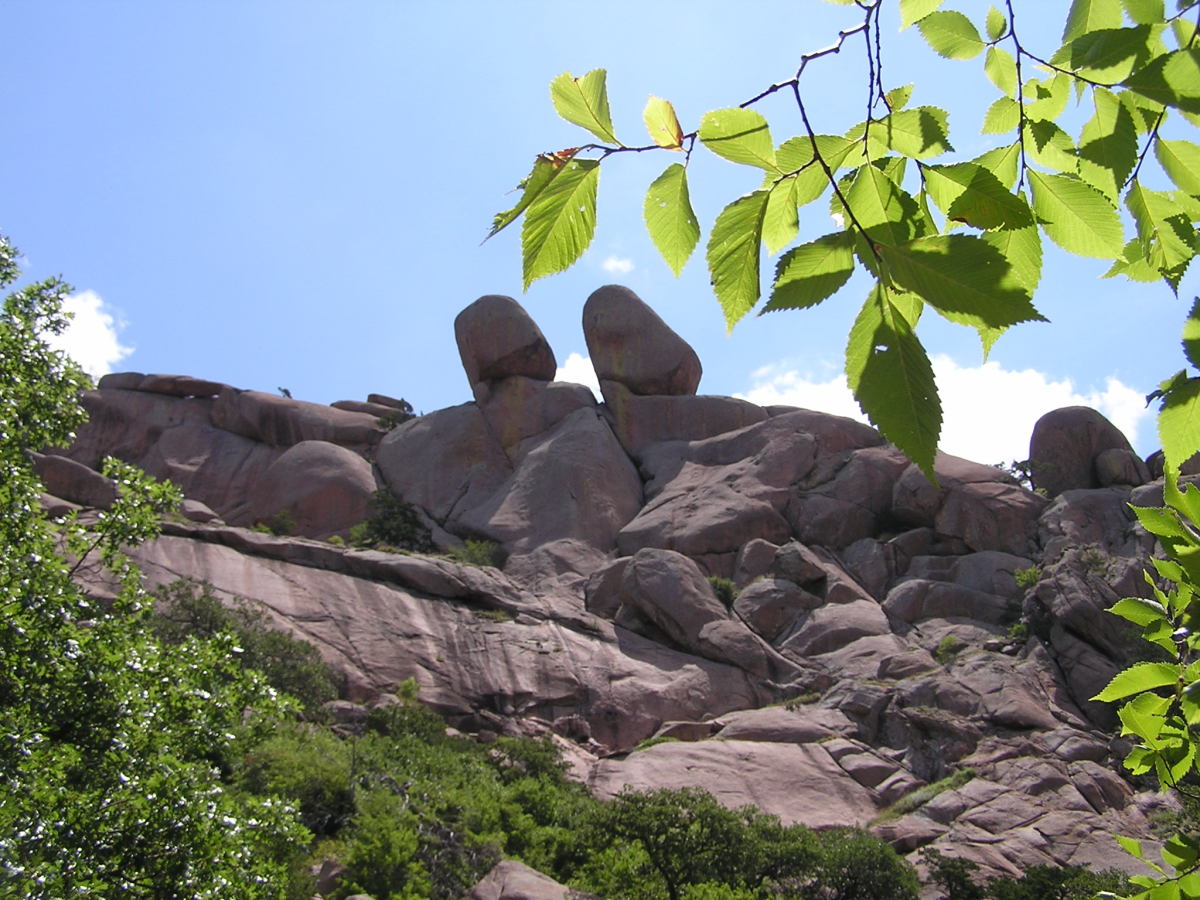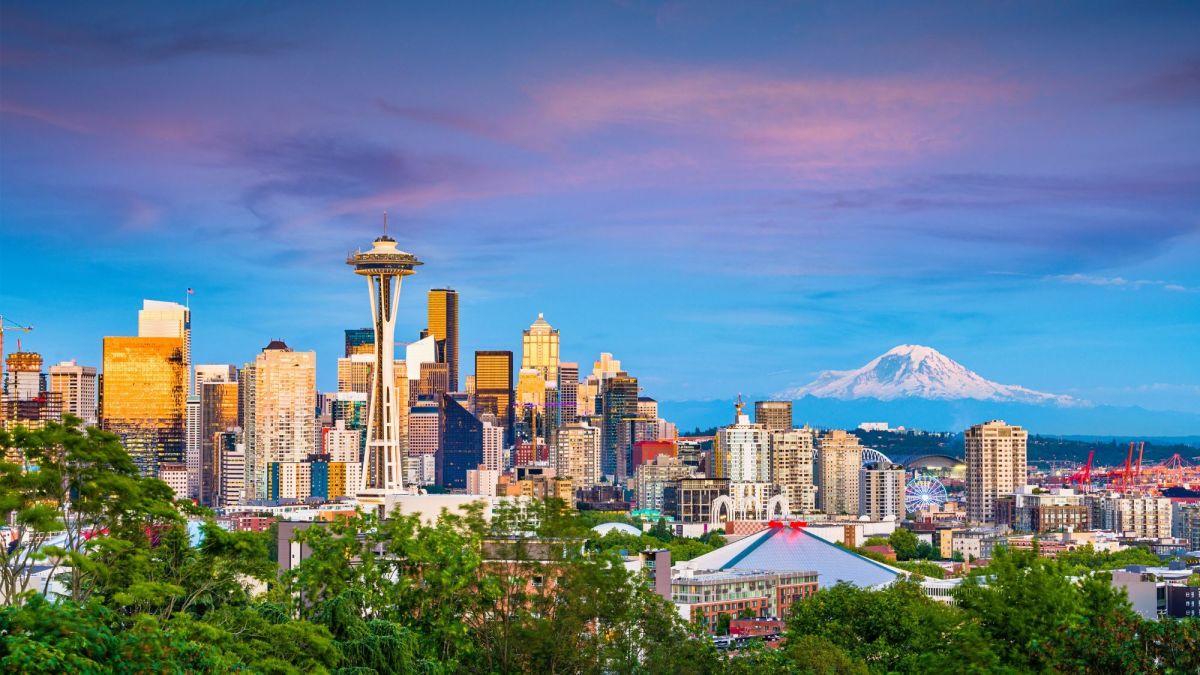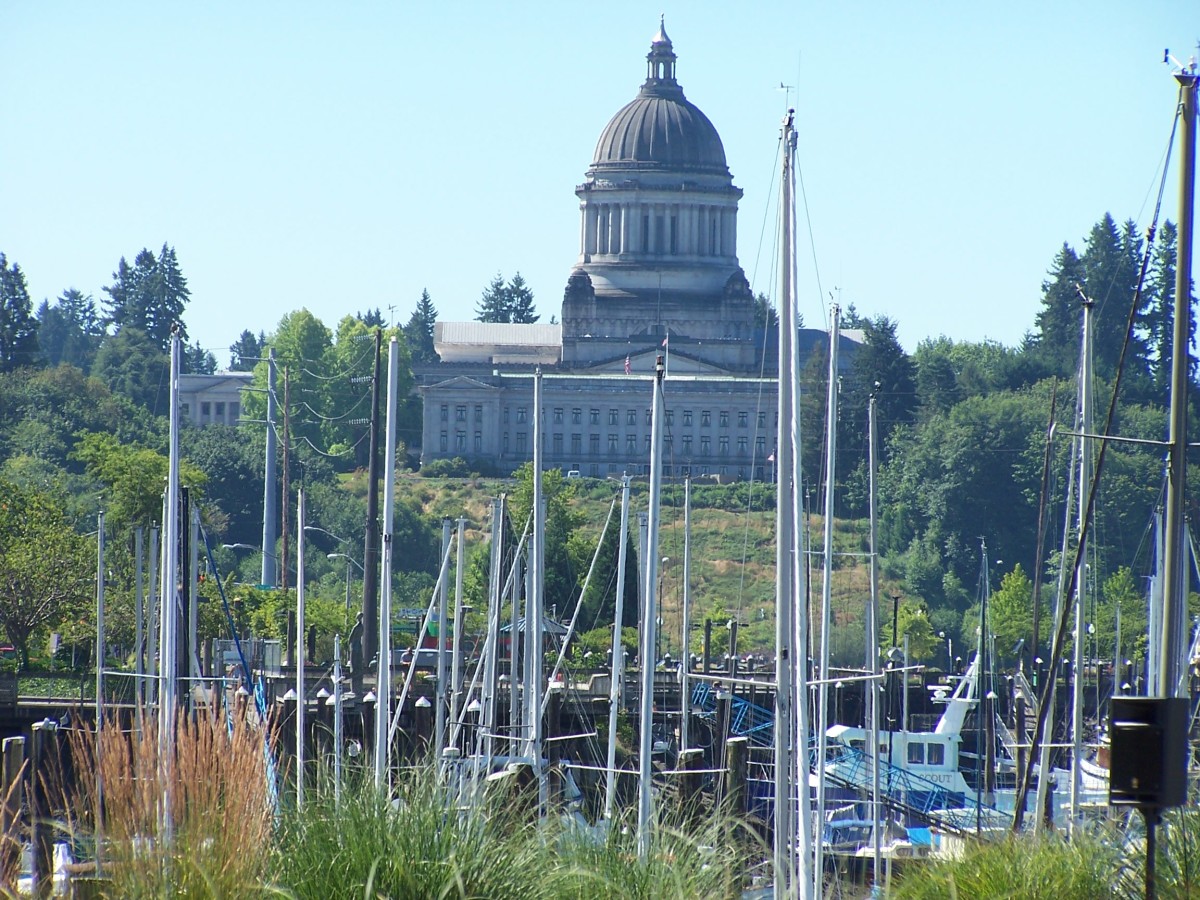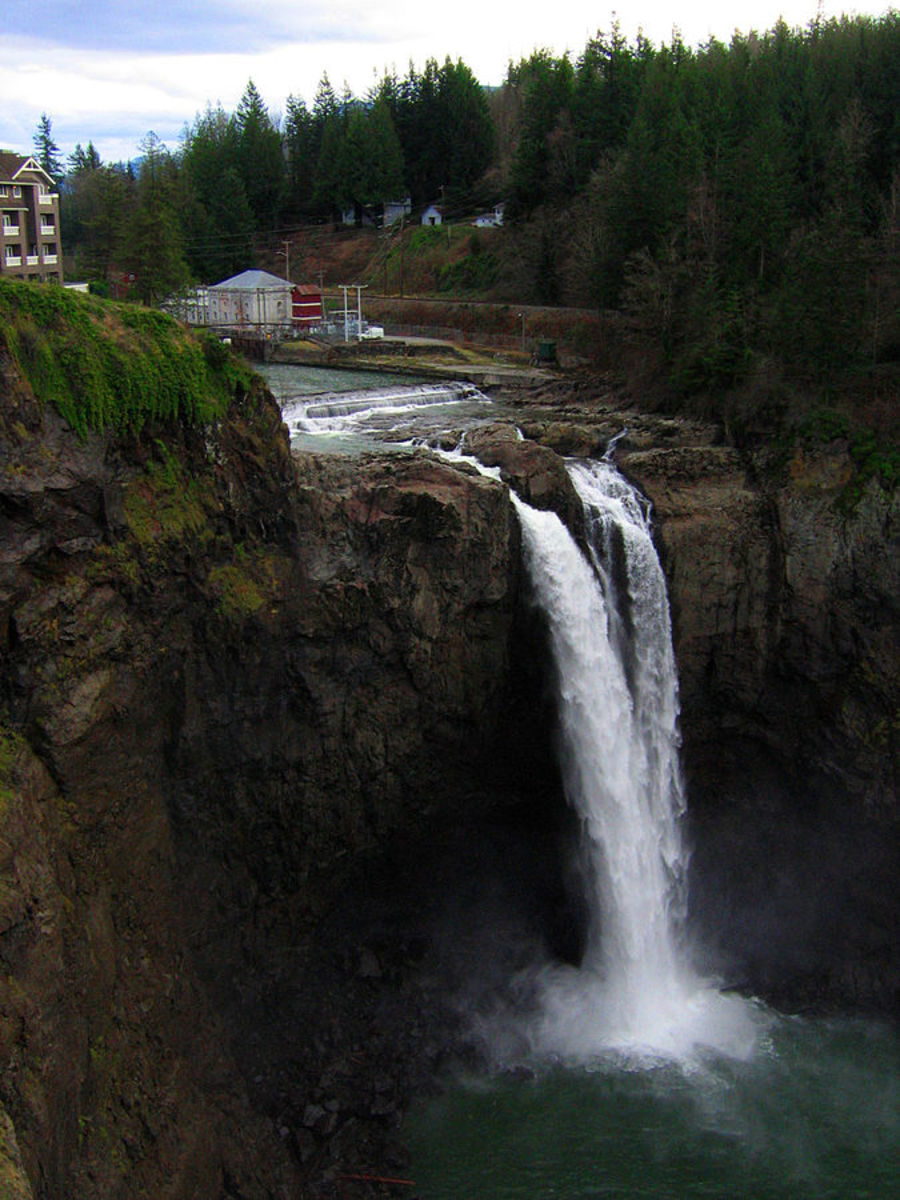- HubPages»
- Travel and Places»
- Visiting North America»
- United States
Exploring Washington: Nisqually National Wildlife Refuge
Birds Abound
The Nisqually National Wildlife Refuge is situated on 3,000 acres of estuary, marsh and wooded land just south of the city of Tacoma. It's primary protected species are migratory birds, although small mammals, amphibians and reptiles are also found in the refuge. Nisqually offers a unique opportunity to see animals in the wild in the middle of a heavily developed region that is continuing to expand. It has been declared a National Natural Landmark, as it is the only unspoiled coastal water river delta left in Washington and one of the best examples of coastal marsh deltas in the Northwest.
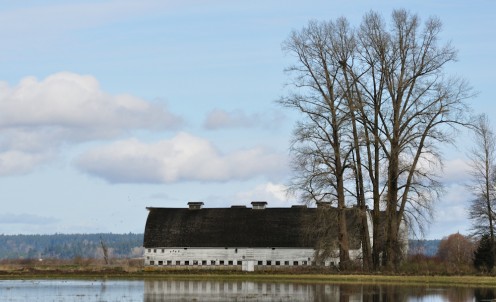
A Historic Landmark
The Nisqually delta was first used as a site by the Hudson Bay Trading Company in 1833. The land passed to the McAllister family, who dammed what is now McAllister creek and set up a sawmill. In 1854, settlers in the area signed a treaty with Nisqually Indians guaranteeing them rights to hunting and fishing in the estuary area, an agreement the Nisqually still exercise today.
In 1904, the bulk of the land around the estuary was sold to the Brown family, who built and operated a 2,300 acre farm there. They raised livestock and small crops, and built a dike and network of buildings. The Twin Barns, constructed in the 1930s, are still present on the property although they were damaged by an earthquake in 2001. The refuge was established in 1974, and the park has been trying to restore the farmland to it's natural state ever since.
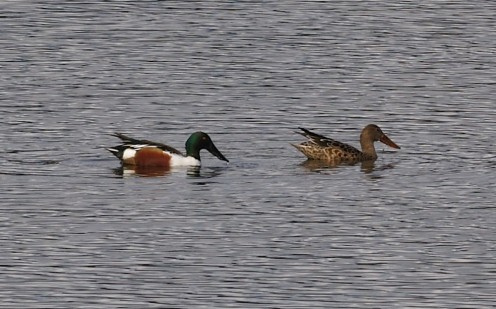
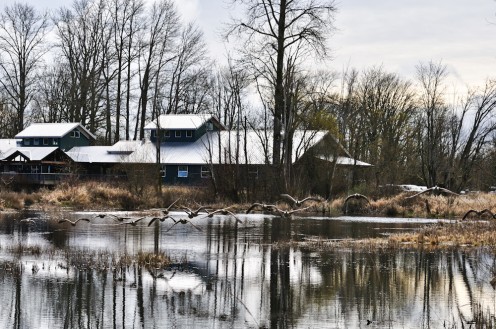
Nisqually Wildlife
Nisqually's primary purpose is to serve as a habitat for all types of birds, so naturally it is a prime location for bird watchers. Hundreds of species can be seen at all times of the year, from egrets and herons, to hawks and eagles, to sparrows, cardinals, chickadees and jays. But birds are not the only residents. Salmon and steelhead trout use the estuary for access to upriver spawning grounds. Small mammals in residence include bats, beavers, otters and porcupine. There are also carnivores including coyote, mountain lion, bobcat and the occasional black bear. In the delta waters itself are porpoise, seal, sea lion and even killer whales and grey whales. Many of these species are on the Federally Threatened or Federally Endangered list, making it even more important to maintain the Nisqually Habitat.
Activities at Nisqually
Most activities at Nisqually center around animals. At the refuge entrance there is a large nature center and gift shop. NNWR staff host some 5,000 students annually, with over a dozen nature programs available for students and teachers of all ages. A small animal rehabilitation center and research center is also located on the property. For the general public there are other activities:
- Hikers can follow one of several loop trails around the refuge. A 1 mile Twin Barns Loop boardwalk is accessible to anyone. There is also the Brown Farm Dike 5 mile loop trail open seasonally. This trail leads to an observation tower affording views of the surrounding estuary, Puget Sound and Olympic Mountains.
- Low speed boating is permitted outside the waters of the Brown Farm Dike. Boating in NNWR is not for beginners, as there are hazardous tides, shallow waters, and constantly changing wind and weather conditions.
- Fishing from boats is available outside the Brown Farm Dike as well. Bank fishing is only allowed on McAllister Creek, which boasts chum, coho and Chinook salmon.
- Hunting is not available in NNWR but it is open for waterfowl in adjacent lands. Hunters should be advised that animals inside the refuge are not eligible targets, nor can marks be retrieved if they fall within the refuge boundaries. During hunting season, certain areas of the refuge are closed to visitors for their own safety, as they pass close to lands where hunting is legal.
- There is no camping on site but there are nearby campgrounds.
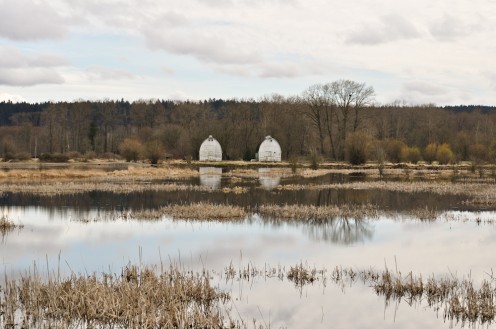
Directions and Hours
Nisqually National Wildlife Refuge is located at 100 Brown Farm Road, Olympia, Washington. From I-5 take exit 114 and proceed under the bridge. Take a right at the end of the road and follow the signs and driveway to the parking lots.
- The refuge is open sunrise to sunset every day of the year. Visitors must be out of the parking lots prior to sunset, as the gates will be locked.
- Day use fee is $3 per group of 4 persons over 16.
- The Visitor's Center is open 9 am - 4 pm daily, except Thanksgiving, Christmas and New Year's Day.
- The Education Center is by appointment only. Call (360) 753-9467 to make a reservation.
- Pets, jogging, bicycles, campfires and camping are not allowed within NNWR.
Additional Information
- Nisqually National Wildlife Refuge Profile
- Nisqually National Wildlife Refuge Website
Nisqually National Wildlife Refuge is located at exit 114 off interstate 5, 8 miles NE of Olympia, Washington and is part of the Pacific Region U.S. Fish & Wildlife Service - Refuge Map

